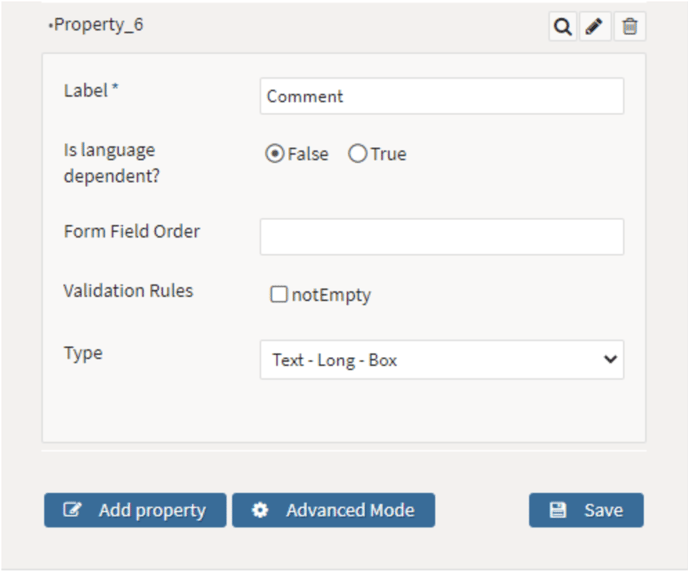- Knowledge Base
- Working With Metadata in TAO
- Types of Metadata
-
TAO Portal Quickstart Guide
-
Rostering in TAO Portal
-
Creating assessment materials in TAO
-
Creating assessments for delivery in TAO
-
Proctoring in TAO Portal
-
Viewing results in TAO Portal
-
How Does Scoring Work in TAO?
-
Writing Your Own Scoring Rules for Your Assessments: An Example
-
TAO Portal Terminology
-
TAO Quickstart Guide
-
Making the Most of the Asset Manager
-
Working With Metadata in TAO
-
Configuring Interactions: What Possibilities do You Have?
-
Randomization in Items and Tests
-
All You Need to Know About Test-Takers
-
All About Deliveries
-
Setting up LTI
-
Proctoring Assessments in TAO
-
Interpreting Results Tables in TAO
-
Using the Advanced Search
-
Best Practices for Working with Multiple Users in a Small-scale Authoring Scenario Part 1: Set-up
-
Best Practices for Working with Multiple Users in a Small-scale Authoring Scenario Part 2: Workflow
-
Optimizing Pictures
-
All About Extensions
-
Stylesheets in Assessment Items
-
TAO for RTL Languages
-
TAO Terminology Explained Part 1: TAO Architecture
-
TAO Terminology Explained Part 2: Creating and Delivering Assessments
-
TAO Terminology Explained Part 3: Scoring Assessments
-
Test-taker and Accessibility tools
-
How does scoring work in TAO? (II)
-
Video demos
-
Video tutorials: Creating interactions
-
Thinking About Test Questions (and Choosing Interactions) According to Task Type
Open-Ended Metadata
Open-ended metadata is metadata that is not limited to a set of defined values – content developers can write what they want.
To specify open-ended metadata, you first need to give it a label, or a name, in the Label box. Then you need to specify the Type. When you click on Type, a drop-down menu will appear. You’ll see that there are different options to choose from – for example, different types of text, lists, or trees.
One example of open-ended metadata are comments: you may want content developers to write a comment about the item they are creating. In this case, a good name to give as the Label might be "Comment". And as Type you would specify text. You also need to decide which text type is the most suitable, for example long or short.
Examples of what a content developer might write as a comment are: "The idea of this item is to test a student’s knowledge of how to calculate the surface area of a triangle", for example, or "This item needs to be discussed at the next assessment meeting".
Now you need to save it, so that authors or content developers creating items in this class will be prompted to declare the metadata – in this case, put in a comment about the item - before they start authoring the item.
